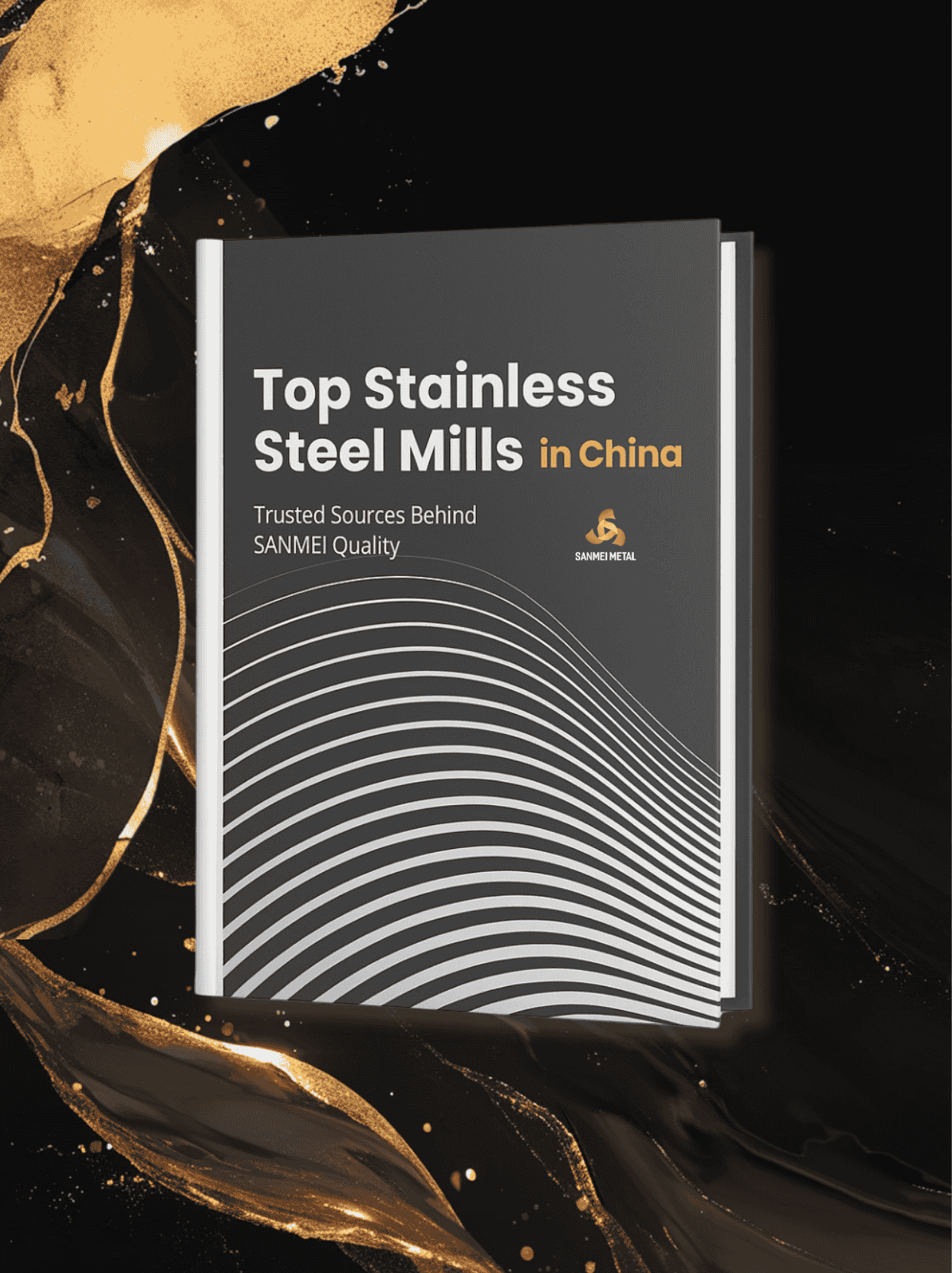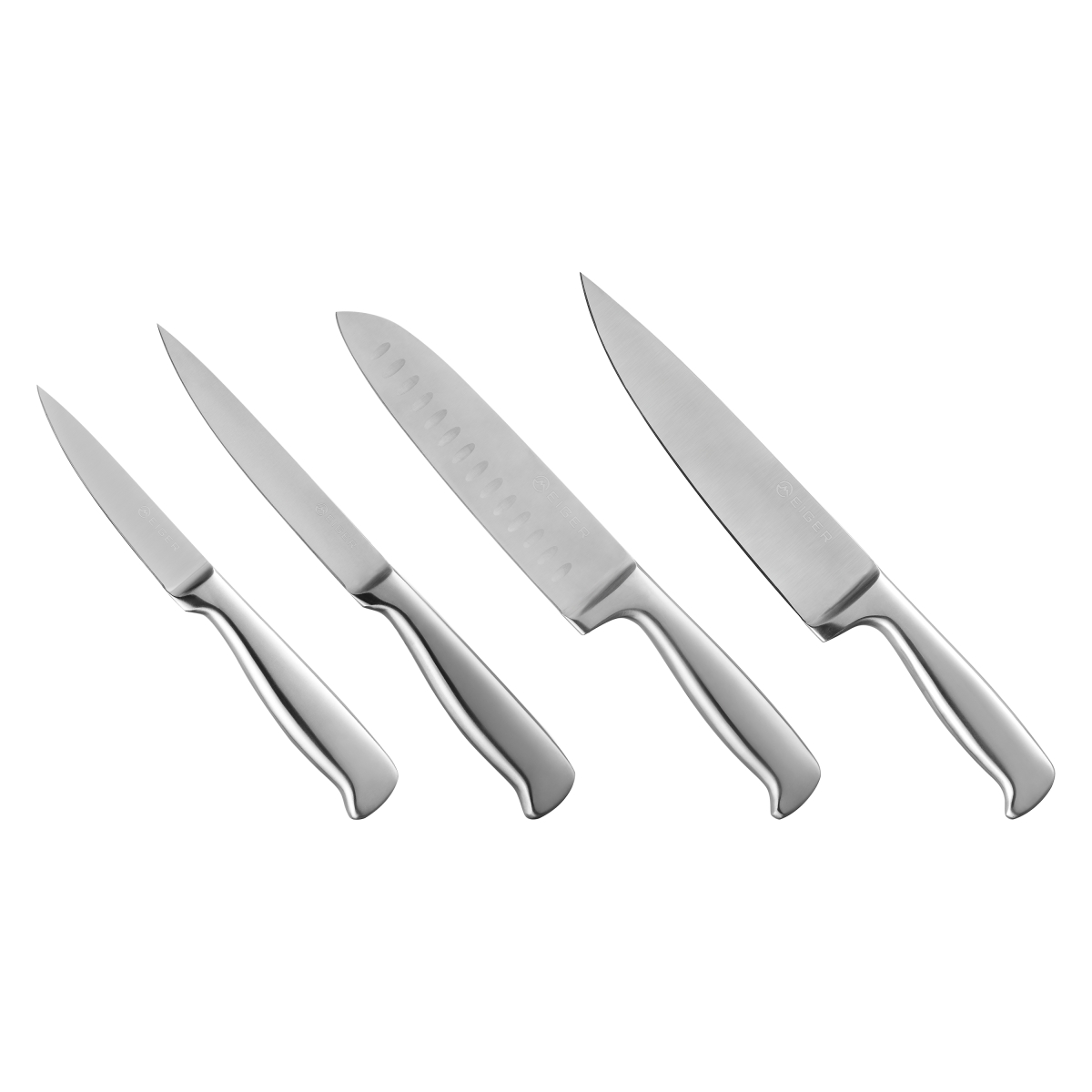
Seninkini al ÖZGÜR Erişim: Çin'in #1 Çelik Fabrikası Dosyası
Alıcı Odaklı: Değirmenleri kalite/bitiş/genişlik-kalınlık/uygulama açısından eşleştirin
BAOWUTsingşanLiscoTisco
Ayrıntıları ve Örnekleri Görüntüle →


Mükemmel korozyon direnci kirlenmeyi önlemek için

Tepkisizlik asitli, tuzlu veya sıcak yiyeceklerle

Pürüzsüz, temizlenebilir yüzey hijyenik standartlar için

Yüksek sıcaklık dayanıklılığı pişirme ortamları için
Tencere, tost makinesi ve ızgara gibi paslanmaz çelik pişirme ekipmanları öncelikle toksik olmamalı ve gıda teması için güvenli olmalıdır. Ayrıca, korozyon direnci, yüksek sıcaklık toleransı ve temizlik ve bakım kolaylığı gibi performans faktörleri yüksek kaliteli mutfak eşyaları için çok önemlidir.
304, 304L, 316, 316L, 321, 309S ve 310S paslanmaz çelik sınıfları, yüksek sıcaklık ortamlarında mükemmel performans göstermeleri ve paslanmaya karşı direnç göstermeleriyle bilinir ve bu da onları çeşitli pişirme ekipmanlarının üretimi için ideal hale getirir.
Paslanmaz çelik mutfak mobilyaları ve aletleri yalnızca korozyon direnci ve yüksek dayanıklılık gereksinimlerini karşılamakla kalmamalı, aynı zamanda sergileme mobilyası olarak estetik açıdan da hoş olmalıdır. Ek olarak, yağ yüklü mutfak ortamında kolay temizlik ve bakım esastır.
304, 304L, 409, 430, 2205, 2207, 436, 439 ve 441 paslanmaz çelik kaliteleri mükemmel korozyon direncine, mekanik özelliklere sahiptir ve çekici bir görünüm koruyabilir, bu da onları mutfak mobilyaları ve cihazlarının üretiminde uygun hale getirir.
Gıda saklama kaplarında ve mutfak araçlarında kullanılan paslanmaz çelik, gıdayla reaksiyona girmemelidir. Ayrıca, bu kapların bazı gıdalardaki katkı maddeleri nedeniyle yüksek korozyon direncine sahip olması gerekir. Kolay temizlik de bu malzemeler için önemli bir avantajdır.
Çatal bıçak takımlarında ve içecek takımlarında kullanılan paslanmaz çelik, özellikle yüksek sertlik ve dayanıklılığın önemli olduğu bıçaklar için iyi sertliğe ve aşınma direncine sahip olmalıdır. Modern tüketiciler için çatal bıçak takımları ve içecek takımları sadece kaplar değil, aynı zamanda koleksiyonlarının estetik çekiciliğini artıran dekoratif öğelerdir.
| Seviye | Temel Özellikler ve Uygulama |
|---|---|
| 201 Serisi (J1~J4) | Uygun maliyetli, kısa süreli gıda temas kapları |
| 304 / 304L | Gıda sınıfı kullanım için endüstri standardı, korozyona ve ısıya dayanıklı |
| 316 / 316L | Asidik, tuzlu ve deniz ürünleri işleme için yüksek performans |
| 321 / 309S / 310S | Yüksek ısıya dayanıklı, endüstriyel fırınlar ve barbeküler için mükemmel |
| 409L / 410 / 410S | Dayanıklı, aşınmaya dirençli, bıçaklar ve çatal-bıçaklar için ideal |
| 420J1 / 420J2 | Kesici takımlar ve aletler için yüksek sertlik |
| 430 / 436 / 439 / 441 | İyi şekillendirilebilirlik ve maliyet verimliliği, ev mutfaklarında yaygın olarak kullanılır |
| 2205 / 2207 | Zorlu işleme ortamları için dubleks çelikler, mükemmel mukavemet ve korozyon direnci |
SANMEI'de, 2B, BA, No.4, HL ve ayna cilası gibi yüzey kaplamaları ile hem rulo hem de sac formunda sertifikalı gıda sınıfı paslanmaz çelik sunuyoruz - mutfak ekipmanları, cihazlar ve gıda işleme hatları için ideal.
Ancak satın aldığınız ürünün gerçekten gıda açısından güvenli olup olmadığını nasıl bilebilirsiniz? Çin gibi malzeme standartlarının değişkenlik gösterdiği pazarlarda, kaynağı doğrulamak kritik önem taşır. 👉 Çin'den Satın Aldığınız Gıda Sınıfı Paslanmaz Çelik Gerçekten Gıda Sınıfı mı?
Neleri kontrol etmeniz gerektiğini ve doğru tedarikçiyi nasıl seçeceğinizi öğrenmek için kılavuzumuzu okuyun.
Karargah:
Çin, Guangdong Eyaleti, Foshan Şehri, Shunde Bölgesi, Lecong Kasabası, Yuhe Yolu, No.142, İnşaat Merkezi. 528315
Fabrika: Liyuan Lojistik Şehri, Chencun Kasabası, Shunde Bölgesi, Foshan Şehri, Guangdong Eyaleti, Çin. 528313
Avustralya Yerel Destek Üssü: (Yatala, QLD) – 2026'da geliyor